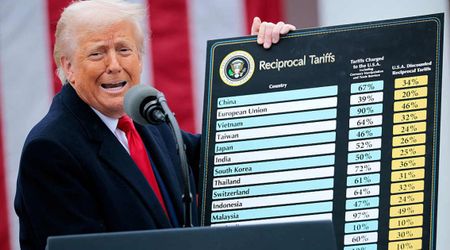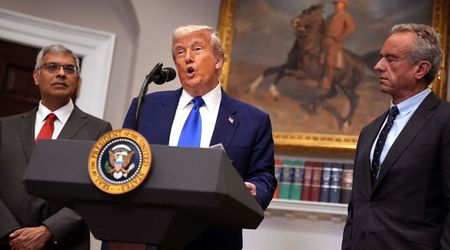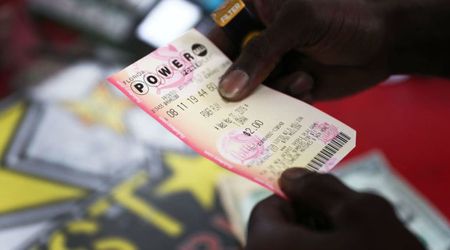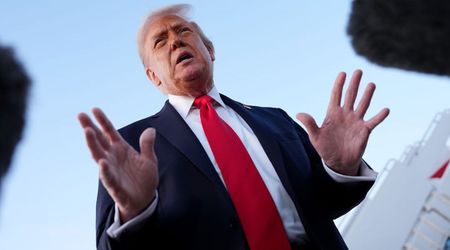$1.9 Billion HyperFund Crypto Fraud Uncovered

In a significant crackdown on cryptocurrency fraud, the DOJ and SEC have targeted the HyperFund scheme, unveiling a complex web of deceit and financial manipulation that spanned over two years and swindled investors out of $1.9 billion. This case highlights the growing concern over fraudulent activities in the rapidly evolving digital currency space.

The Department of Justice's recent announcement of criminal charges against two individuals and a guilty plea from a third marks a pivotal moment in the fight against cryptocurrency fraud. The charges allege a sophisticated Ponzi scheme operated under the guise of a lucrative investment opportunity in digital currency, misleading thousands of investors globally.
Simultaneously, the SEC's civil action complements the DOJ's criminal charges, targeting the same key figures in HyperFund. This coordinated effort between the two regulatory bodies underscores the seriousness and complexity of the alleged fraud. The SEC's involvement is crucial in ensuring that the full extent of the fraudulent activities is brought to light and that appropriate civil penalties are enforced.
Central to the case are Sam Lee, Rodney Burton, and Brenda Chunga. Lee, a notable figure in the cryptocurrency community, faces severe allegations, including conspiracy to commit securities fraud and wire fraud. Burton and Chunga, known for their roles in promoting HyperFund, also face significant charges. The DOJ alleges that the scheme promised high returns from non-existent crypto mining operations, a classic indicator of a Ponzi scheme. This fraudulent promise lured investors into a false sense of security, leading to massive financial losses.
As the legal proceedings against HyperFund's key figures continue, the implications of this case ripple through the cryptocurrency world. The involvement of federal agencies like HSI New York’s El Dorado Task Force and IRS Criminal Investigation highlights the government's increasing focus on cryptocurrency-related fraud. This case is not just about punishing the perpetrators but also serves as a deterrent to potential fraudsters in the digital currency space.

The HyperFund case has left thousands of investors grappling with significant financial losses, shedding light on the risks associated with unregulated digital currency investments. It underscores the need for more stringent regulatory frameworks to protect investors from similar fraudulent schemes in the future. The response from the DOJ and SEC signals a growing recognition of these needs and a commitment to adapting regulatory practices to the unique challenges posed by digital currencies.
This case has broader implications for the cryptocurrency market as a whole. It highlights the volatility and risks inherent in digital currency investments and the potential for manipulation and fraud in this relatively new and uncharted financial landscape. As the cryptocurrency market continues to evolve, the HyperFund case will likely serve as a benchmark for regulatory and legal approaches to similar issues in the future.
The DOJ and SEC's actions against the HyperFund scheme represent a crucial step in combating fraud in the cryptocurrency space. As the case unfolds, it will provide valuable insights into the operational dynamics of fraudulent schemes in digital currencies and help shape future regulatory and legal frameworks. This case serves as a stark reminder of the risks associated with digital currency investments and the importance of regulatory vigilance to protect investors and maintain market integrity.



















